Beowulf’s tale is more than 1000 years old. First he bested the giant Grendel, tearing off the creature’s arm. Next he beheaded Grendel’s monstrous mother with a blade found in her underwater lair. Beowulf died a hero’s death; mortally wounded slaying a dragon.
—-
Beowulf is an epic poem, the oldest written version of which dates from around 1000 CE. Whether this extant version – which was copied from a now lost older version by two scribes – was previously learned by rote and passed down orally, remains a topic of debate. It agreed by most scholars however, that the story of Beowulf dates back to 700 CE at earliest. The poem is written in Old English, but uses a mixture of dialects – Mercian, Northumbrian, Early West Saxon, Kentish and Late West Saxon – making it something of a linguistic patchwork.
The hero Beowulf was said to be a member of the North Germanic tribe who inhabited Götaland – known as the Geats, or sometimes the Goths. In the poem, Beowulf came to the aid of King Hrothgar of the Danes who had built a vast mead-hall named Heorot where he his wife, Wealhtheow, and his men drank and sang merrily. The music and merriment were loud enough to be overheard by Grendel – a troll-like monster, said to be descended from the biblical, murderous Cain – who could not stand either. Grendel attacked the hall while everyone slept, and slaughtered many of Hrothgar’s men, causing the king and his people to abandon the place.
Beowulf travelled to the hall and, refusing all weapons, laid in wait for Grendel, pretending to be asleep. When the monster entered Heorot, Beowulf’s companions leapt to his aid but none of their weapons could pierce Grendel’s flesh. Wrestling with the beast, Beowulf tore off Grendel’s arm at the shoulder using his bare hands.
Grendel returned to the underwater cave which he came from to die, and the arm was displayed in Heorot as a trophy. This angered Grendel’s mother – described only in the poem as “aglæc-wif”, which has been interpreted both as “wretch, or monster of a woman” but also as “warrior, or hero” – who rose out of the water to enact revenge, killing Hrothgar’s most mighty fighter Æschere. So, Beowulf and his men returned to Hrothgar’s land to hunt her down.
Beowulf jumped into the swamp, fought off a few water-monsters on the way down, and entered the cave where Grendel and his mother lived. Grendel’s mother appeared impervious to all weapons, and seemed certain to kill Beowulf until he laid his hand on a giant sword stored amongst the other loot in her cave. Beheading Grendel’s mother, Beowulf also found the corpse of Grendel and removed its head. The blade of the sword melted away to nothing from the monster’s corrosive blood. Beowulf emerged from the lake with the Grendel’s head in one hand, and the hilt gigantic sword in the other.
Beowulf, now a rich and famous hero, became King of the Geats. Fifty years after his battle with Grendel’s mother, a slave stole a golden cup from the treasure hoard of a dragon in Earnanæs, Sweden. The furious dragon went on a murderous rampage, and Beowulf was the only man who could stop it. Ever the hero, Beowulf says he will battle the dragon alone, but he is followed by a warrior named Wiglaf into the fight. Between the two they slay the dragon, but Beowulf is mortally wounded and dies. His body is ritually burned on a great pyre and a barrow is built in memorial to the great hero king Beowulf.

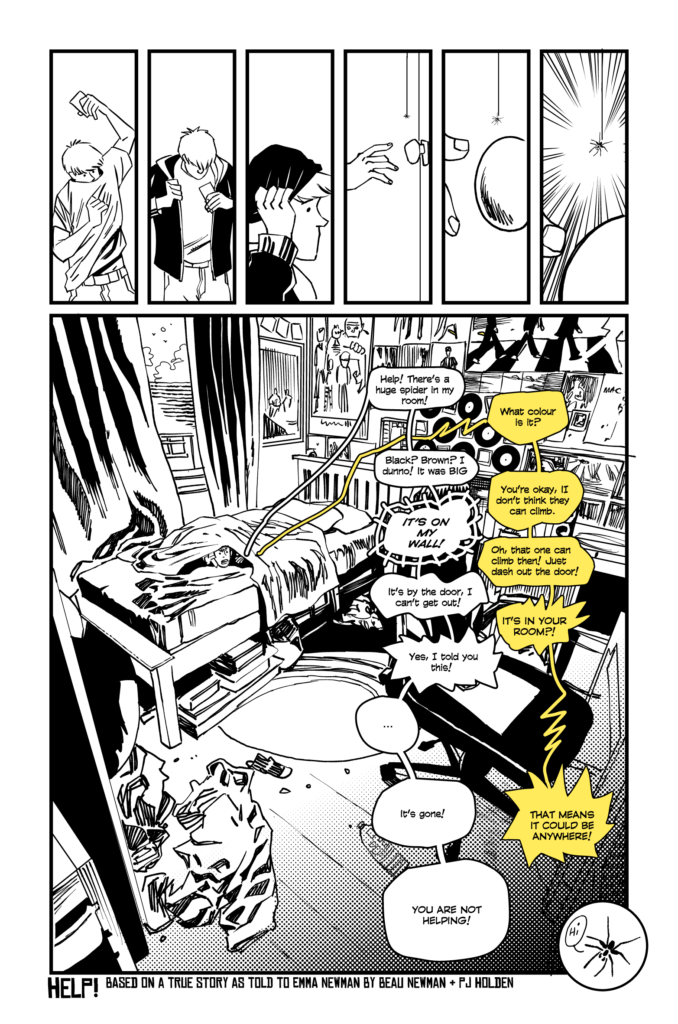
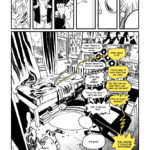
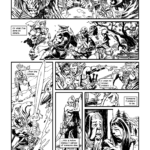
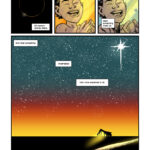
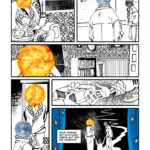
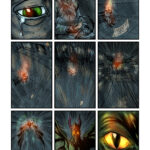
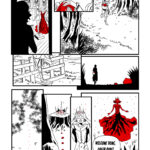
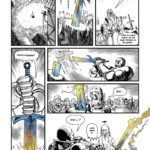
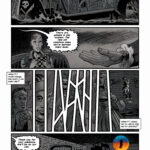
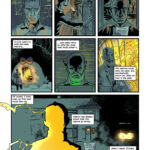
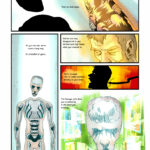
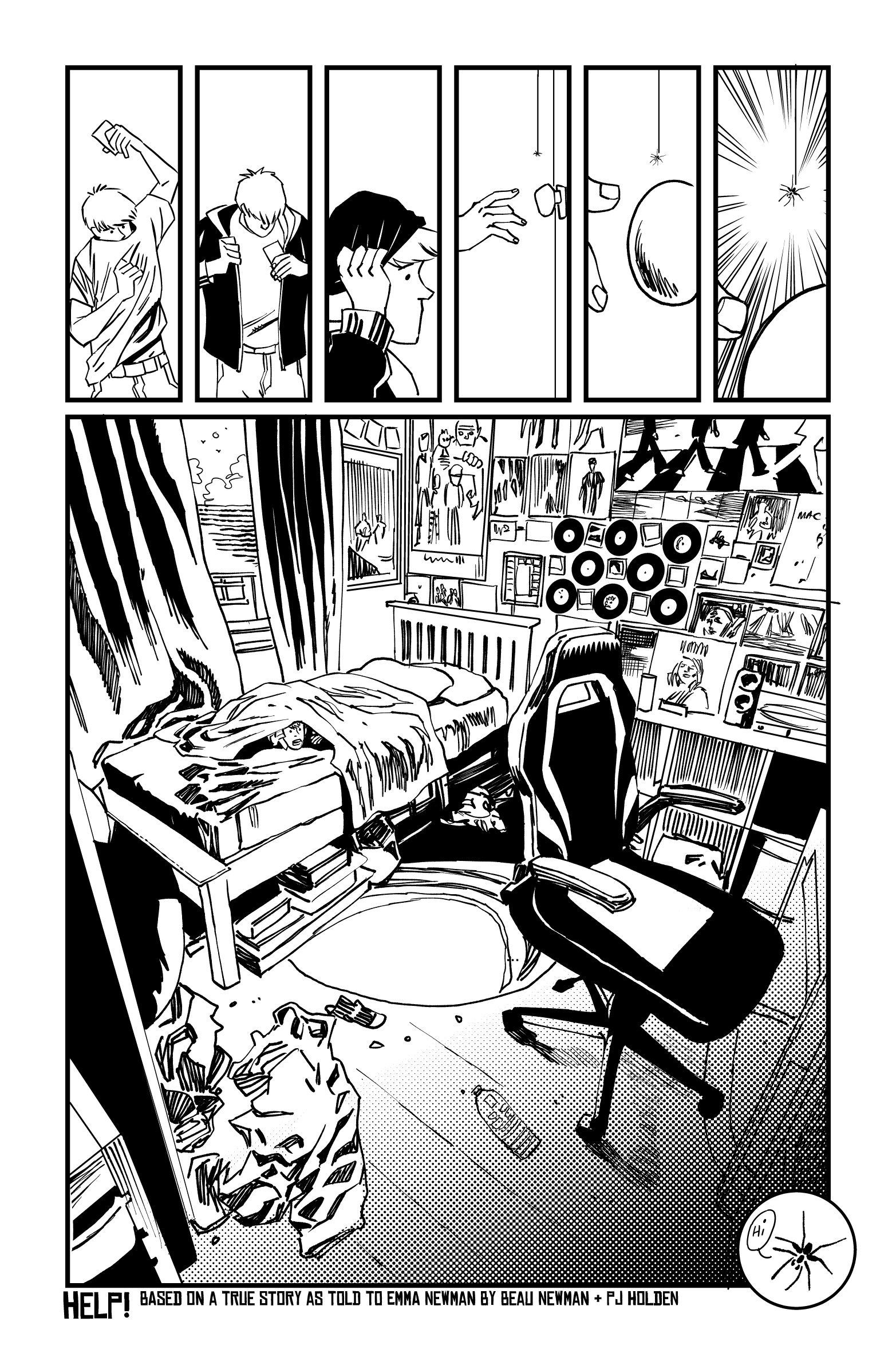
 Unlock with Patreon
Unlock with Patreon
Recent Comments